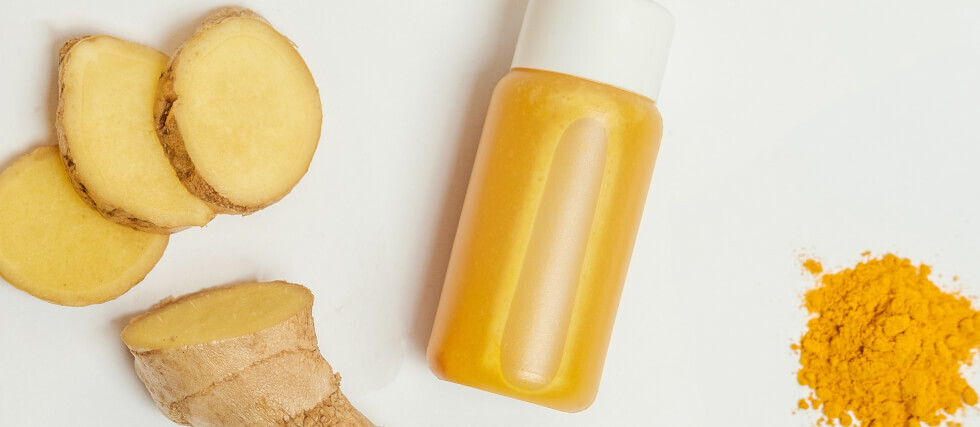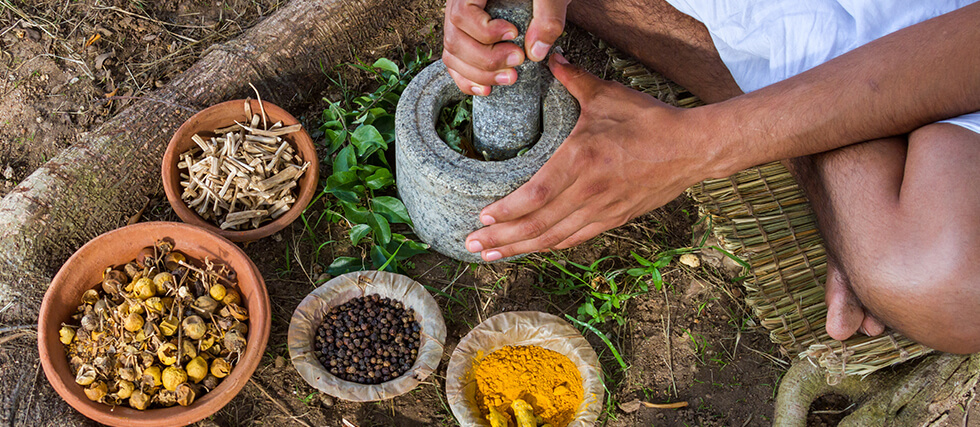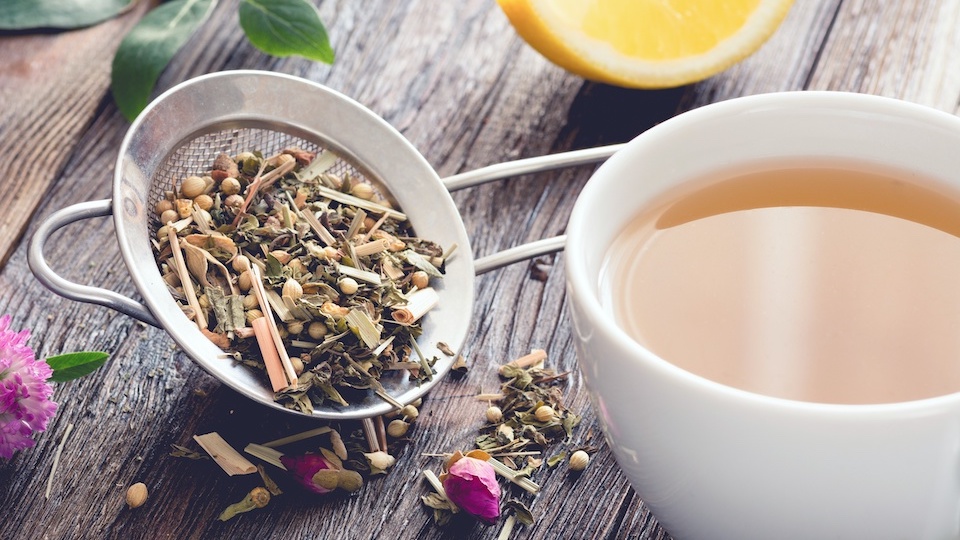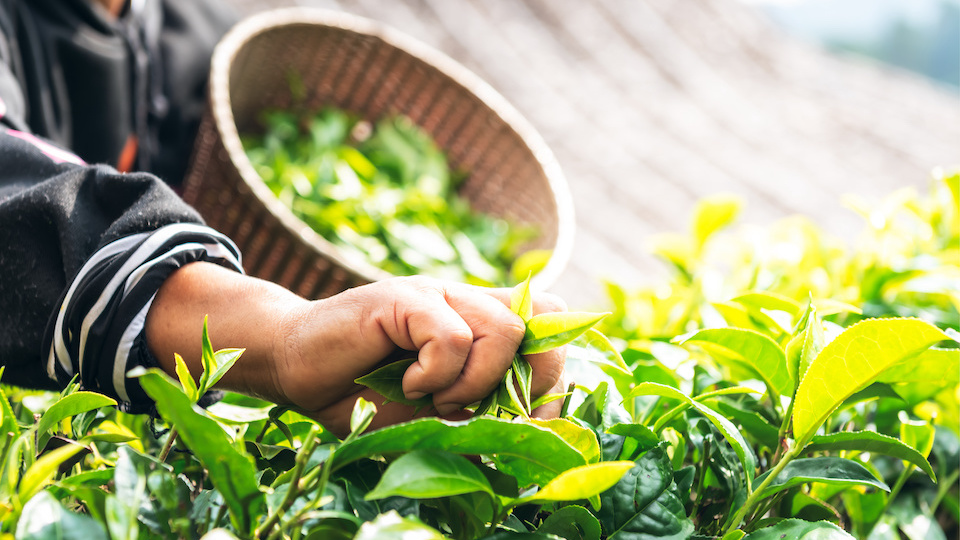This DIY Herbal Wellness Shot Slashes Inflammation Fast
Ginger and turmeric from the Zingiberaceae plant family have been used in traditional medicine for centuries. These potent roots offer powerful anti-inflammatory, antioxidant, and immune-boosting properties, making them an excellent addition to your daily wellness routine. Here are just a few of the studied benefits of this dynamic herbal duo.






